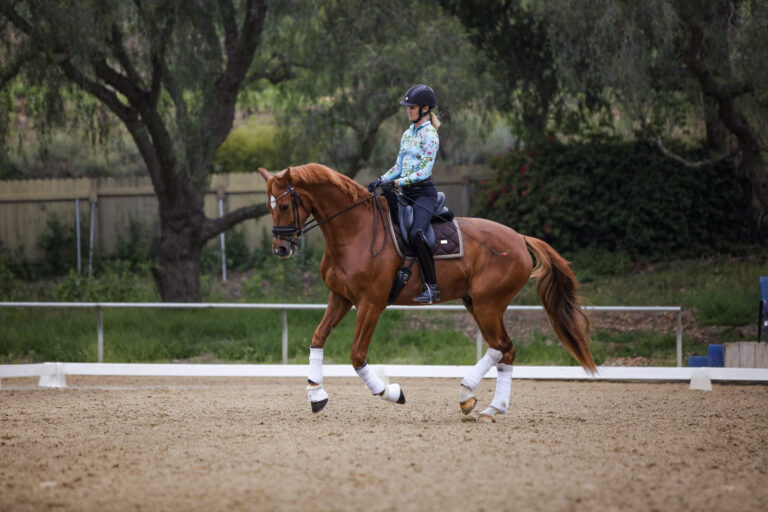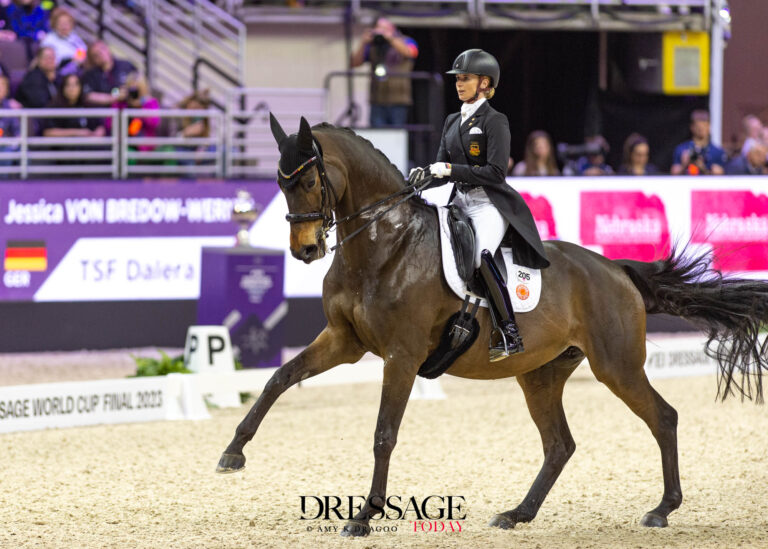
Fence materials: Wood boards and rails, synthetic rails and certain types of woven wire are safest. High-tensile wire, monofilament and rubber-strip fencing can entangle your foal.
Height: Use your mare’s eye level as a guideline. If she’s 15 hands high, your fencing should be about 5 feet tall to contain your foal safely.
Corners: Fence your enclosure with rounded (not square) corners to avoid injury.
Rail spacing: Space boards (or rails) 8 to 9 inches apart—close enough to keep your foal in, but far enough to prevent his head and legs from getting stuck. Set the bottom board or rail 1 foot off the ground. Fill in wide gaps with woven wire.
Woven wire: Use V-mesh or diamond-mesh wire; foals can wedge their feet into 2-by-4-inch–square (or non-climb) mesh. Make sure wire is woven, not welded, for longer wear and to avoid sharp edges.
Maintenance: Check for loose rails, wobbly posts, or sharp protrusions.











